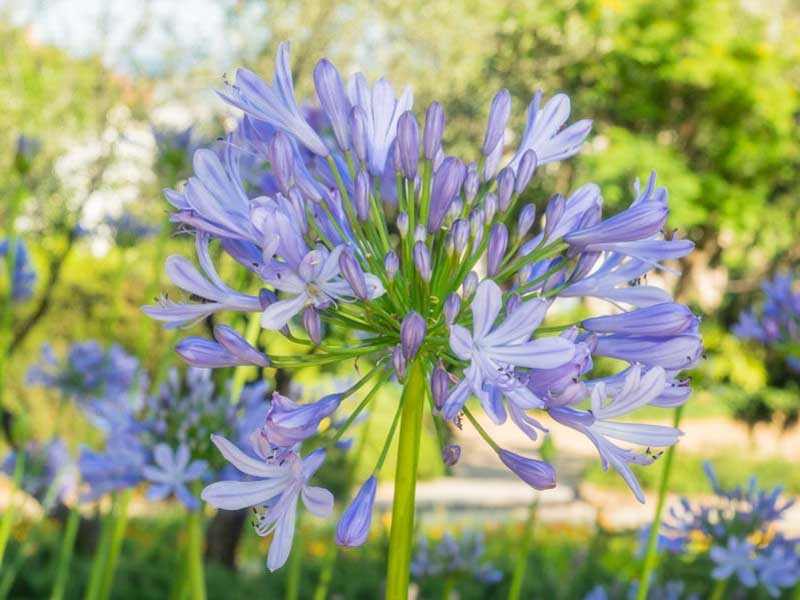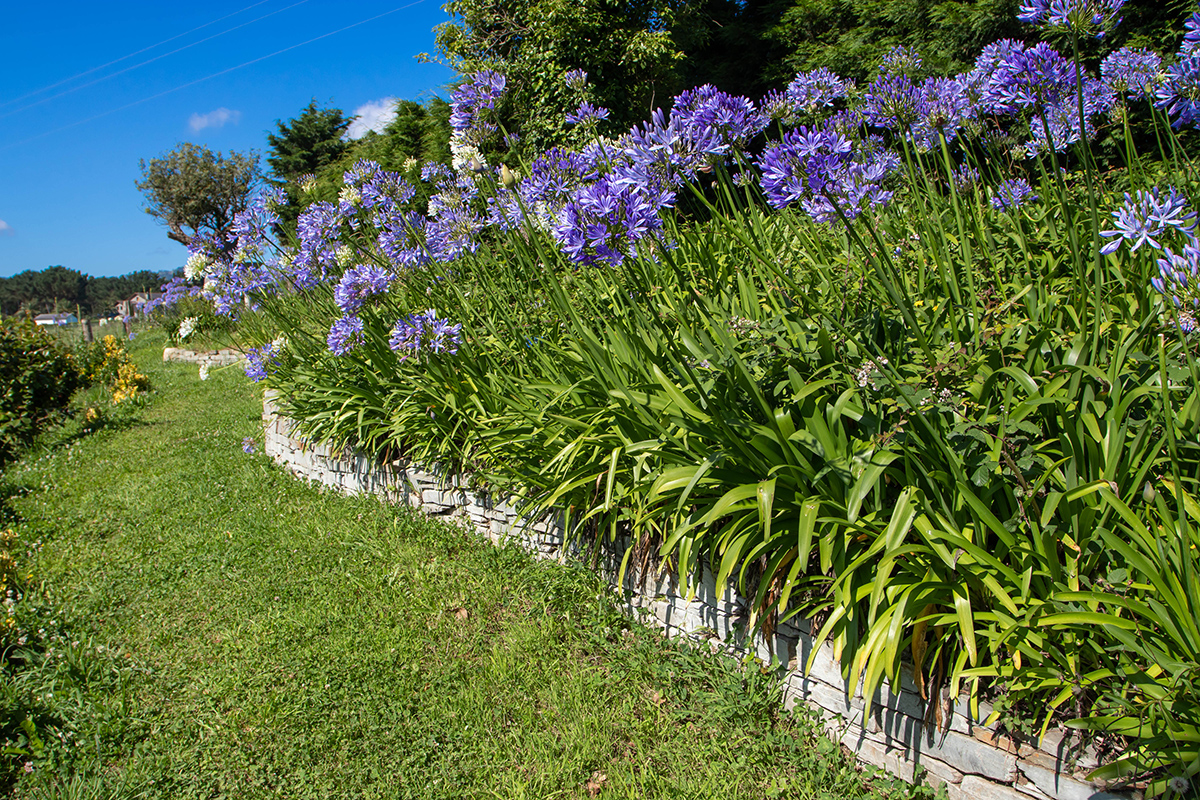Agapanthus Friend Plants: Perfect Pairings for Your Garden
Agapanthus Friend Plants: Perfect Pairings for Your Garden
Blog Article
Understanding the Art of Agapanthus Treatment: Essential Steps for Healthy Growth and Vivid Blossoms
In the world of gardening, the cultivation of agapanthus stands as a rewarding venture for those who seek to nurture these classy blooming plants. From choosing the right range to understanding pruning strategies, the journey in the direction of cultivating thriving agapanthus plants is diverse and holds the key to unlocking the complete potential of these agricultural gems.

Picking the Right Agapanthus Variety

When choosing the best Agapanthus selection for your yard, consider variables such as climate viability, flower color, and growth habit. Additionally, take into consideration the environment in your region to guarantee the Agapanthus variety you choose can thrive in your specific conditions. Understanding the development habit of various Agapanthus selections is important for proper positioning within your garden.
Suitable Planting Conditions
Taking into consideration the optimal ecological needs is necessary for successful Agapanthus farming. Agapanthus plants are sensitive to cool temperature levels and should be safeguarded from frost throughout winter season months.
To make sure healthy and balanced development and vibrant flowers, plant Agapanthus bulbs at a deepness of regarding 2-4 inches and room them 8-12 inches apart. Mulching around the base of the plants helps keep dampness and subdues weed development.
Watering and Fertilizing Tips
Maintaining appropriate wetness degrees and supplying necessary nutrients are crucial elements in the care program for Agapanthus plants. When it involves sprinkling Agapanthus, it is crucial to strike an equilibrium. These plants prefer consistently damp dirt however are prone to root rot if overwatered. During the growing period, water deeply as soon as a week, making sure the dirt is well-draining to stop waterlogging. In hotter climates or during durations of dry spell, even more constant watering might be needed to keep the dirt uniformly damp. However, lower watering in the wintertime to avoid waterlogged problems.
Fertilizing Agapanthus is essential for advertising healthy and balanced growth and respected flowers. Use a balanced fertilizer, such as a 10-10-10 formula, in the very early spring as brand-new growth arises. Repeat this application every 6-8 weeks throughout the expanding season. Stay clear of excessive fertilizing, as it can lead to rich foliage at the expenditure of flowers. Always adhere to the producer's guidelines for correct dilution and application techniques. By following these watering and fertilizing go to this website pointers, you can ensure your Agapanthus plants prosper and generate dynamic, resilient blooms.
Pruning Methods for Agapanthus
Trimming Agapanthus plants at the appropriate times and with appropriate methods is critical for maintaining their wellness and promoting ideal growth and flowering. The perfect time to trim Agapanthus is in late winter months or very early springtime prior to new development arises.
Deadheading spent blossoms can additionally reroute the plant's energy right into producing more blossoms rather than setting seeds. If you desire to accumulate seeds for breeding, leave my link some blossoms to mature and dry on the plant.
Keep in mind to make use of clean, sharp tools to make precise cuts and lower the risk of introducing diseases. Agapanthus. Regular trimming will aid maintain your Agapanthus looking neat and healthy and balanced while guaranteeing a plentiful display screen of gorgeous flowers
Managing Typical Pests and Conditions
After making sure proper trimming strategies for Agapanthus, it is essential to attend to usual parasites and diseases that can affect the health and vitality of these plants. One typical insect that affects Agapanthus is the Agapanthus gall midge.
In addition, Agapanthus plants can endure from origin rot if they are planted in inadequately draining pipes dirt. By being watchful and taking timely action versus parasites and diseases, you can view it now help your Agapanthus plants thrive and create lively flowers. Agapanthus.

Verdict
Finally, mastering the art of agapanthus treatment includes choosing the best selection, providing perfect planting problems, appropriate watering and fertilizing, appropriate pruning strategies, and attending to typical insects and diseases. By complying with these necessary actions, you can guarantee healthy development and lively flowers for your agapanthus plants. Remember to routinely check and preserve your plants to advertise their general wellness and long life.
To make certain healthy and balanced development and dynamic flowers, plant Agapanthus bulbs at a depth of regarding 2-4 inches and space them 8-12 inches apart. By adhering to these watering and fertilizing tips, you can guarantee your Agapanthus plants flourish and generate dynamic, long-lasting flowers.
One common parasite that impacts Agapanthus is the Agapanthus gall midget. Furthermore, Agapanthus plants can endure from root rot if they are grown in badly draining pipes dirt. By following these crucial steps, you can make certain healthy development and dynamic blossoms for your agapanthus plants.
Report this page